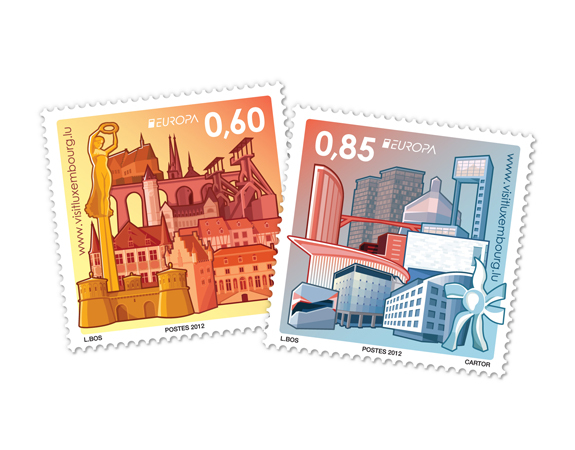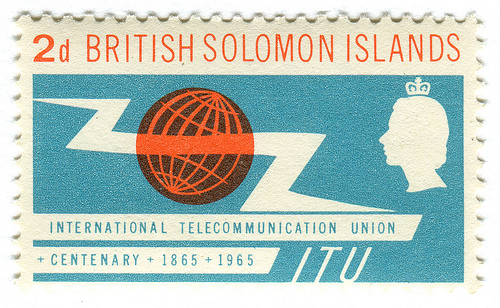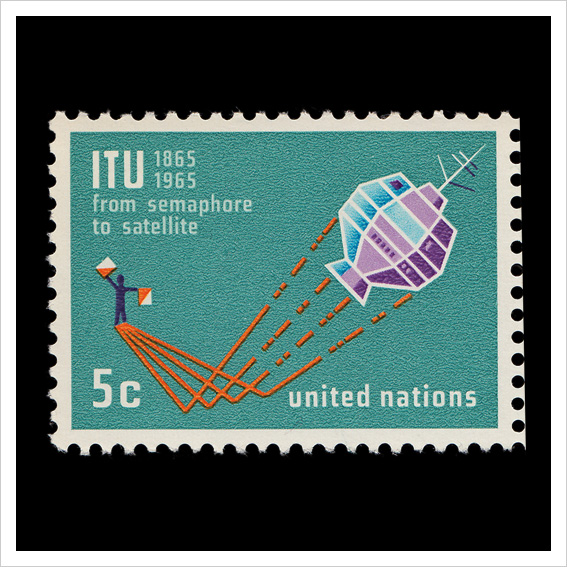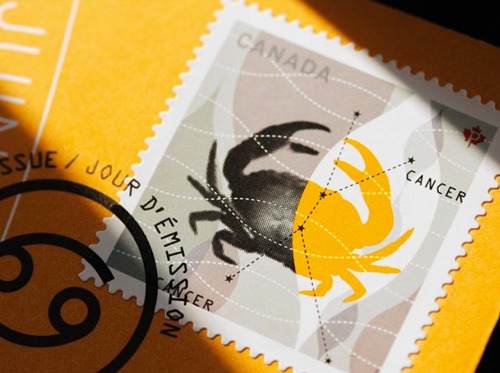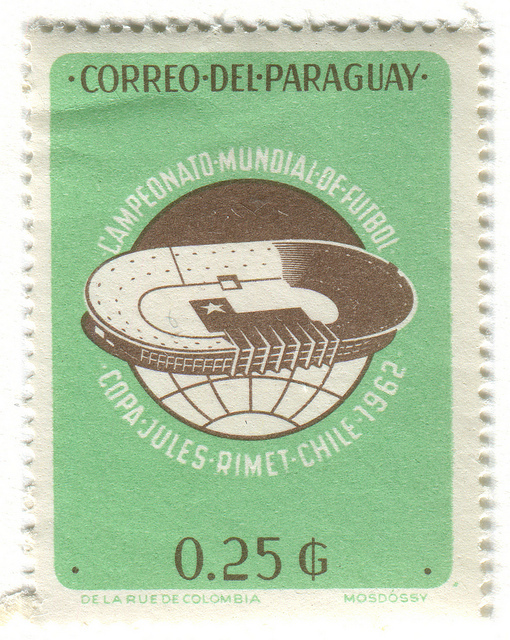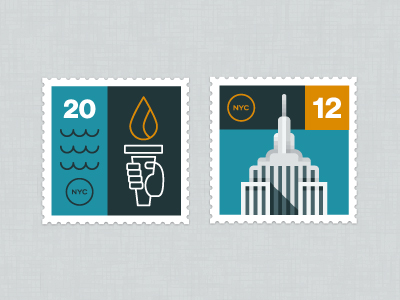Last Updated on February 26, 2024
A fundamental purpose of a stamp is to show the prepayment of postage. Every country around the world is required to have its own name on almost all types of stamps. This kind of denomination is done to indicate the monetary value.
To prevent counterfeiting, stamps usually have a unique graphic design to aid clerks with quick recognition of appropriate postage. Plus, many customers simply expect stamps to carry a design.
In most cases stamps hold a rectangular shape. However, a number of additional shapes have been used such as rhombus, triangles, octagonal, circles, and various freeform shapes. Stamp design in general has evolved tremendously thanks to the advances in printing technology and aesthetical taste of designers. Like fashion trends, design fads come and go as countries try to imitate each other.
Stamps design usually fall into one of four major categories:
- Portrait bust – profile or full-face
- Emblem – coat of arms, flag, national symbol, posthorn, etc.
- Numeric – a design built around the numeral of value
- Pictorial
Their pictorial designs often contain plants, animals, public figures, history, landscapes, artwork, real-world objects, and honestly almost anything you can think of. When designing a stamp, designers must consider the shape, size, textual elements, and the specific guidelines dictated by their own country.
In reality, successful stamp design receive relatively little notice from the general public. Despite that, stamps do receive obtrusive appraisal from designers, philatelic press, and stamp collectors. If you’ve been contracted by a postal administration to produce a stamp design, you’re in luck!
Today we collected some well made stamp designs for your inspiration. They range from vintage to modern design. We hope you’ll enjoy them!













